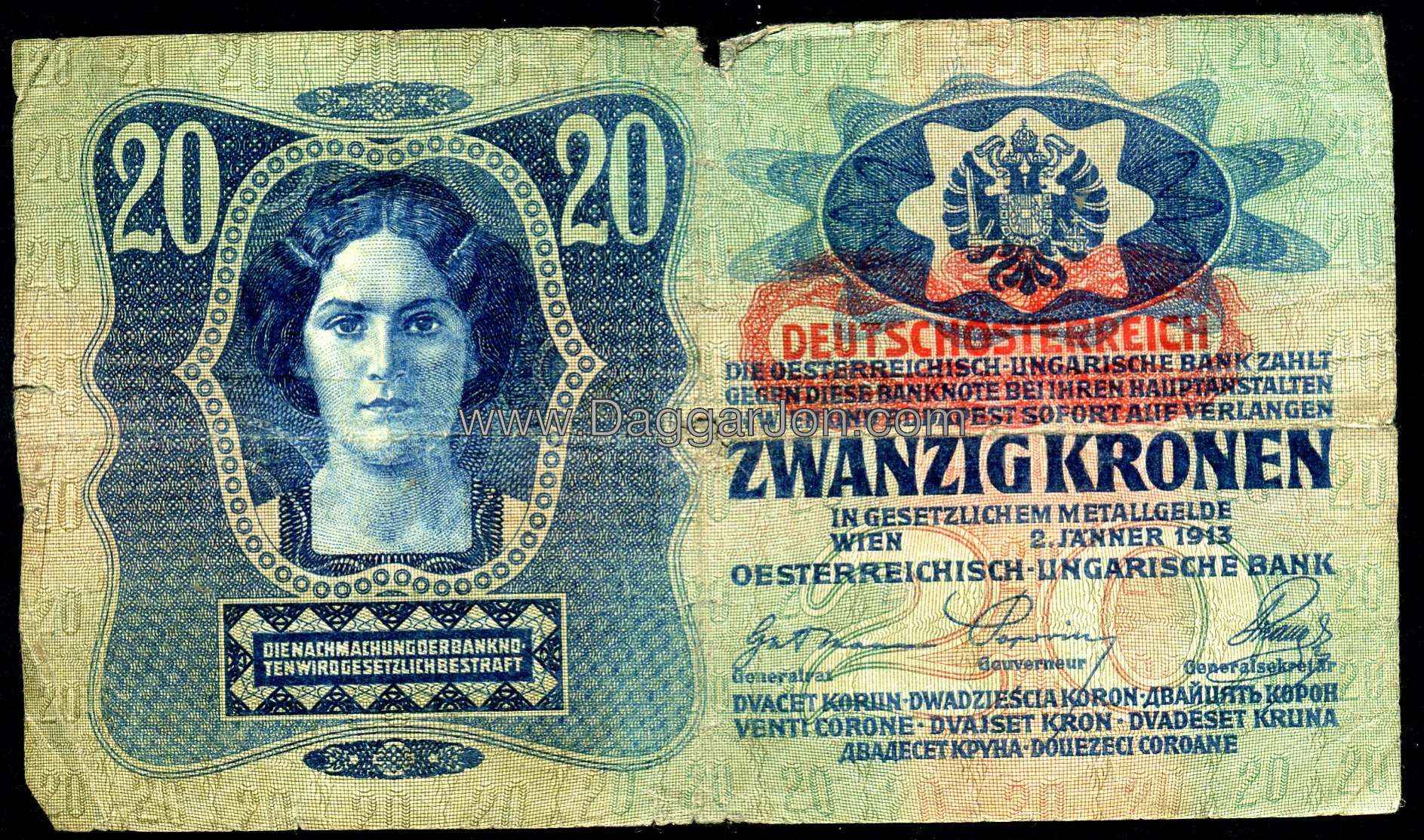The Austrian Schilling is a notable currency in the world. Find out what changes have been made in the Austrian currency since it has adopted the Euro.
The Austrians have undergone significant changes regarding their currency over the past few decades. The Austrian currency; the shilling as it was once, became a strong and convertible currency in the world. This was largely due to the moderate and stable long term fiscal and monetary policies that the country was keen on following.
The money supply for Austria continued to grow in the early nineties as Austrian imports and exports continued to experience considerable success in the world market. Government revenues and spending along with the GDP and income was steady which led to the appreciation of the Austrian Schilling. At one point in time during its peak the Austrian Schilling was also referred to as the Alpine dollar and had a great conversion rate.
During these years the Austrian Schilling was considered to be amongst the most stable currencies in the world. Slowly and gradually the value of the schilling started to decline against the dollar but remained constant against the European currencies during 1996 and 1997.
When the European Monetary Union put its decision in place it had a great effect on the Austrian shilling as it enabled the currency to remain stable against the 10 other European Monetary Union participants in 1998. On the other hand however the dollar continued to rise against the Austrian Schilling.
Austria adopts the Euro
It was the year before the turn of the century that Austria decided to adopt the Euro in place of the Austrian schilling. The Euro was the common currency of the European Union. It had a fixed conversion rate of AT13.76 to Euro1.
Another major development that took place during the same year was that Austria surrendered its powers to formulate monetary policy to the European Central Bank. This was done in line with all the other EU member states that were participating in the European Monetary Union.
The central bank of Austria is known as Osterreichische National Bank abbreviated as ANB. It is a full participant in the European System of Central Banks. The Austrian government was successful in meeting all the convergence criteria due to the austerity measures that it had implemented in the year 1996-97. Currently Austria continues to pursue a policy for further reducing fiscal deficit as well as the public debt.
The ECB has its own policies and the ANB has their own perception of their policies. At the moment the focus of ECB is on maintaining price stability. This is especially the case when it comes to formulated exchange rates and monetary policies.
This is viewed by ANB as a continuation of the hard shilling policies that they had been pursuing since 1981. The Austrians have been successful in keeping inflation under control only because they decided to fix the Austrian Schilling to the German mark. As a result the government has been successful in the promotion of stable economic growth.





